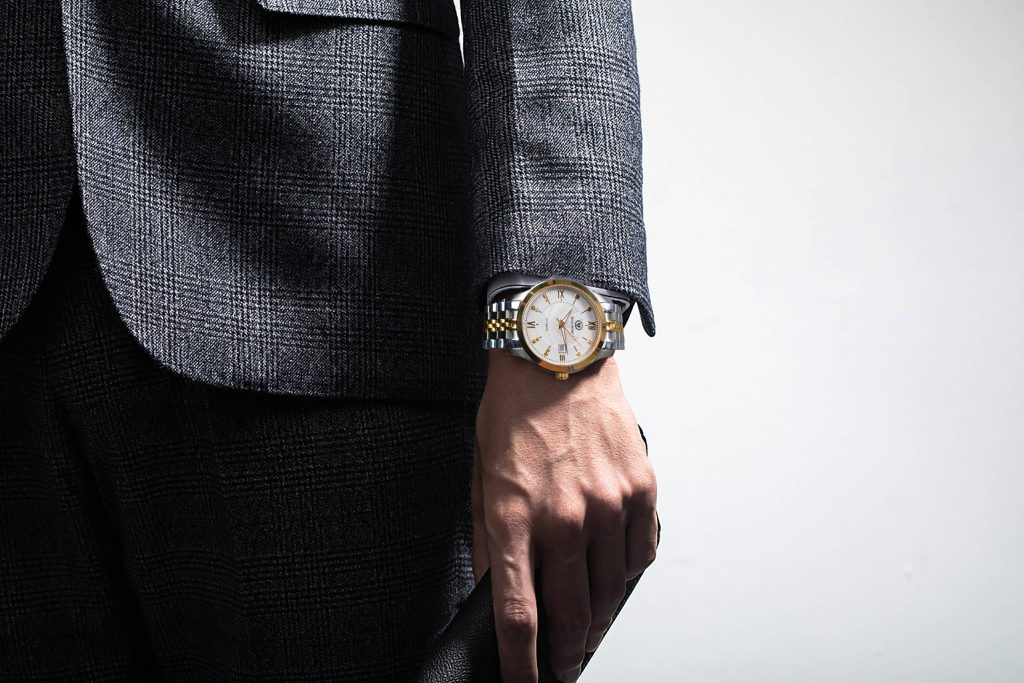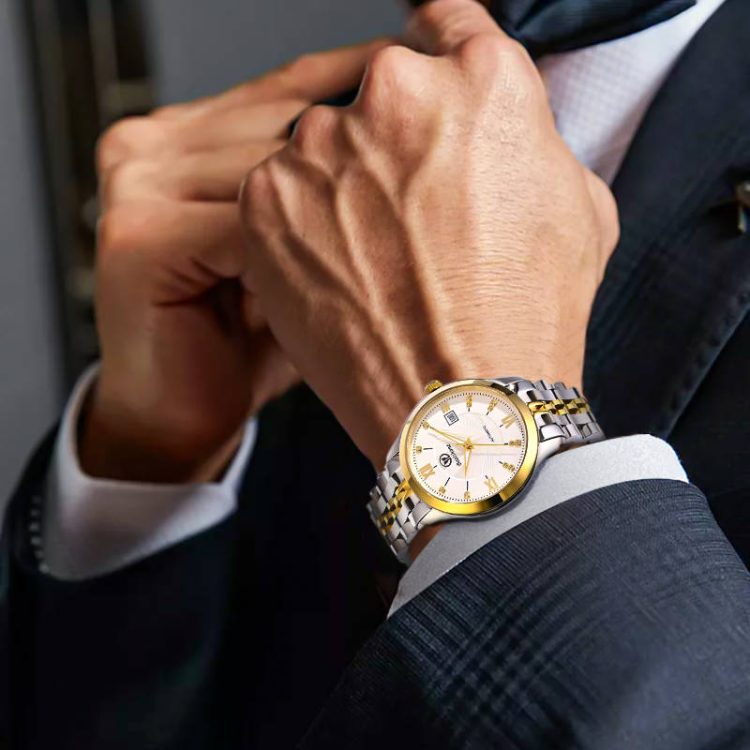In the world of luxury watches, limited edition timepieces often command a level of mystique and allure that elevates their appeal far beyond their functional use. The scarcity, exclusivity, and craftsmanship that define these watches contribute to their status as collectibles and, for some, potential investments. However, as the market for luxury watches has grown, so too have questions about the true investment value of these limited edition models. Are these timepieces truly a safe bet for financial growth, or is their perceived investment value overestimated?
In this article, we will explore the factors that contribute to the investment potential of a limited edition watch and assess whether the hype surrounding certain models is justified. We will look at the factors that drive watch investments, the limitations of investing in timepieces, and whether the investment value of some of today’s most sought-after limited edition watches is inflated.
1. The Allure of Limited Edition Watches
Limited edition watches have an inherent appeal due to their scarcity. The concept behind a limited edition watch is simple: a manufacturer produces a small number of timepieces, often with unique design elements or features, making them rare and exclusive. This rarity fuels demand, and in the world of luxury collectibles, demand often drives prices upward.
Brands like Rolex, Patek Philippe, Audemars Piguet, and Omega have mastered the art of limited editions, using them to celebrate anniversaries, iconic events, or partnerships. Watches such as the Rolex Daytona “Paul Newman” or the Omega Speedmaster “First Watch on the Moon” have become highly coveted, not only for their technical excellence but also for the stories and history behind them.
The scarcity of these models creates a sense of urgency among collectors and investors, leading to a natural perception that the value of these limited edition watches will appreciate over time. However, it is important to critically assess whether this perception is always grounded in reality.
2. What Determines the Investment Value of a Limited Edition Watch?
The investment value of a limited edition watch depends on several factors, and it’s essential to understand these elements before determining whether a particular timepiece is worth the investment.
a. Brand Prestige and Legacy
The reputation of the brand behind the watch is perhaps the most significant factor in determining its investment value. Watches from established, high-end brands like Rolex, Patek Philippe, and Audemars Piguet are more likely to see appreciation in value over time. These brands have a longstanding legacy of quality and exclusivity, which creates a stable market for their products.
A limited edition watch from a lesser-known or niche brand, however, may not enjoy the same level of demand or long-term appreciation. While some independent watchmakers may produce exceptional timepieces, the market for these models may be more volatile, and their investment potential may be lower.
b. Rarity and Scarcity
Scarcity is a fundamental factor that drives the value of limited edition watches. The fewer the number of watches produced, the more exclusive and valuable they can become. For example, the Rolex Submariner “Hulk” or the Patek Philippe Nautilus 5711 are examples of models that have increased in value due to their limited production and high demand.
However, it’s important to note that scarcity doesn’t always guarantee investment growth. In some cases, limited edition runs may not be as small or exclusive as initially claimed, which can lead to oversupply in the secondary market. If too many people buy a limited edition watch with the sole intention of reselling it, the market may become saturated, which could lead to a decline in value.
c. Design and Aesthetics
The design of a limited edition watch plays a major role in its desirability. Watches with distinctive features, unique dial designs, or unusual complications tend to appeal more to collectors. A watch that is aesthetically appealing and resonates with a wide range of buyers is more likely to hold or increase in value over time.
However, tastes change, and what is considered trendy or innovative today may fall out of favor in the future. For example, designs that reflect a particular era, such as bold colors or specific materials, might be highly sought after for a period, but could eventually lose their appeal as tastes shift.
d. Condition and Provenance
As with any collectible, the condition of the watch is crucial to its investment value. A limited edition watch that has been well-maintained, preserved in its original packaging, and serviced by the manufacturer will generally be worth more than one that has been altered, heavily worn, or neglected.
Provenance is also important—knowing the history behind the watch, who owned it, and its journey through the market can significantly impact its value. A limited edition watch that was owned by a celebrity, for instance, might command a premium price due to its unique story and connection to a well-known figure.
e. Market Trends and Demand
The luxury watch market is highly influenced by trends and external factors. Economic conditions, changes in consumer behavior, and even social media hype can all affect the demand for limited edition watches. For instance, a particular model might experience a surge in popularity due to media coverage, endorsements by celebrities, or social media influencers promoting it.
While high demand can drive up prices in the short term, the long-term sustainability of these prices is uncertain. The watch market is prone to volatility, and just because a limited edition model is highly coveted today doesn’t guarantee it will maintain its value in the future.

3. The Risk of Overestimating Investment Potential
As the popularity of luxury watches has grown, so too has the speculation surrounding them. Some buyers are motivated primarily by the idea of investment, hoping to buy limited edition watches with the expectation that their value will increase over time. However, this approach carries significant risks.
a. Fluctuating Market Conditions
The market for luxury watches is not immune to broader economic conditions. During periods of economic downturn or financial instability, the demand for high-end luxury goods, including watches, can diminish. For example, during recessions, collectors may hold off on purchases, and prices may stagnate or even decrease. Furthermore, the market for luxury watches can be influenced by external events such as changes in taxation, tariffs, or shifts in cultural trends.
In such situations, even limited edition watches from prestigious brands may fail to appreciate in value as expected. The assumption that these watches will always increase in price over time is a risky one, and potential investors must consider the possibility of depreciation.
b. Fads vs. Long-Term Investment
In some cases, the hype surrounding a limited edition watch can be fueled by trends that are not sustainable. Watches that gain attention on social media or through influencer endorsements may see an initial spike in value but may not maintain that momentum in the long term. The “flavor of the month” phenomenon can make it difficult for collectors to predict which limited edition models will retain their investment value.
Additionally, certain watches may experience a temporary surge in value due to scarcity or perceived desirability, only to see those prices fall once the novelty wears off. Buyers who purchase with the sole intention of turning a profit may find themselves stuck with a watch that has lost its appeal in the resale market.
c. The Speculative Nature of Watch Investments
Unlike traditional investments in stocks or real estate, investing in limited edition watches is highly speculative. There is no guarantee that a particular timepiece will appreciate in value over time, and much depends on factors outside the control of the buyer. Trends can shift, tastes can change, and unexpected market forces can disrupt the perceived value of a limited edition watch.
Investing in watches should therefore be approached with caution, especially for those who are not experienced collectors or watch investors. A luxury timepiece should be considered as much an emotional purchase as a financial one, with the understanding that its value may fluctuate, and there is no certainty of financial gain.
4. Conclusion: Is the Investment Value of This Limited Edition Watch Overestimated?
The investment value of a limited edition watch is complex and multifaceted, dependent on a range of factors including brand reputation, rarity, condition, and market demand. While certain watches have proven to be sound investments, the watch market is highly volatile, and the idea that every limited edition timepiece will appreciate in value is overly optimistic.
The appeal of limited edition watches lies in their exclusivity, craftsmanship, and connection to a brand’s heritage, but these qualities do not always translate into guaranteed financial returns. Buyers who are primarily motivated by investment potential should approach the market with caution and be prepared for the possibility that their watches may not appreciate as expected.
For most collectors and enthusiasts, a limited edition watch should be viewed as a personal purchase—a piece of artistry and history to be enjoyed rather than purely as a financial asset. While some models undoubtedly have strong investment potential, others may be overpriced, and their investment value may be overestimated due to market speculation and hype.
Ultimately, whether the investment value of a limited edition watch is overestimated depends on the specific watch in question, the market conditions, and the long-term sustainability of demand. Collectors should carefully consider these factors before making a purchase with the expectation of financial gain.





































